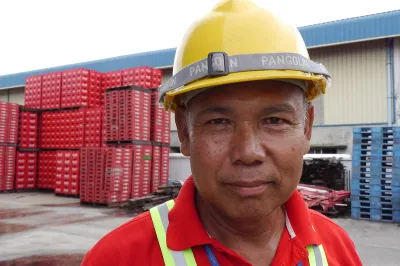Paper
A Tale of Four Village Banking Programs
Towards effective village banking
Download
85 pages
This paper examines each element of the village banking technology and how it has been liberalized so far. It then makes best practice and policy recommendations to achieve further liberalization.
The paper argues that village banking institutions (VBI) need to become more flexible and client-oriented in order to increase client satisfaction, retention and impact.
The paper:
- Analyzes the current practices of four leading Latin American VBIs, namely, FINCA Nicaragua, Pro Mujer Bolivia, Compartamos Mexico and CRECER Bolivia;
- Examines the major aspects of the methodology of these VBIs and aims to show what lies behind their success;
- Studies what are good, bad and questionable VBI practices, with particular reference to Latin America.
The paper makes best practices and policy recommendations about:
- The structure of village banks;
- Delinquency control;
- Major characteristics of the VBIs credit technology;
- VBIs' savings services;
- The role of village banking in rural finance.
The paper concludes with the following recommendations:
- Control delinquency by using varying combinations of:
- Loans from other bank members;
- Constitution of new collateral by delinquent borrowers;
- The appropriation of forced and voluntary savings;
- Monetary incentives.
- Allow reasonable loan sizes and impart training to members in calculating household savings and loan repayment capacity;
- Hold bi-weekly repayment meetings;
- Introduce the option of loan pre-payment;
- Offer solidarity group and individual loans;
- Have less forced savings;
- Increase the balance of and access to voluntary savings;
- Encourage VBIs to offer non-financial services.
About this Publication
Published


